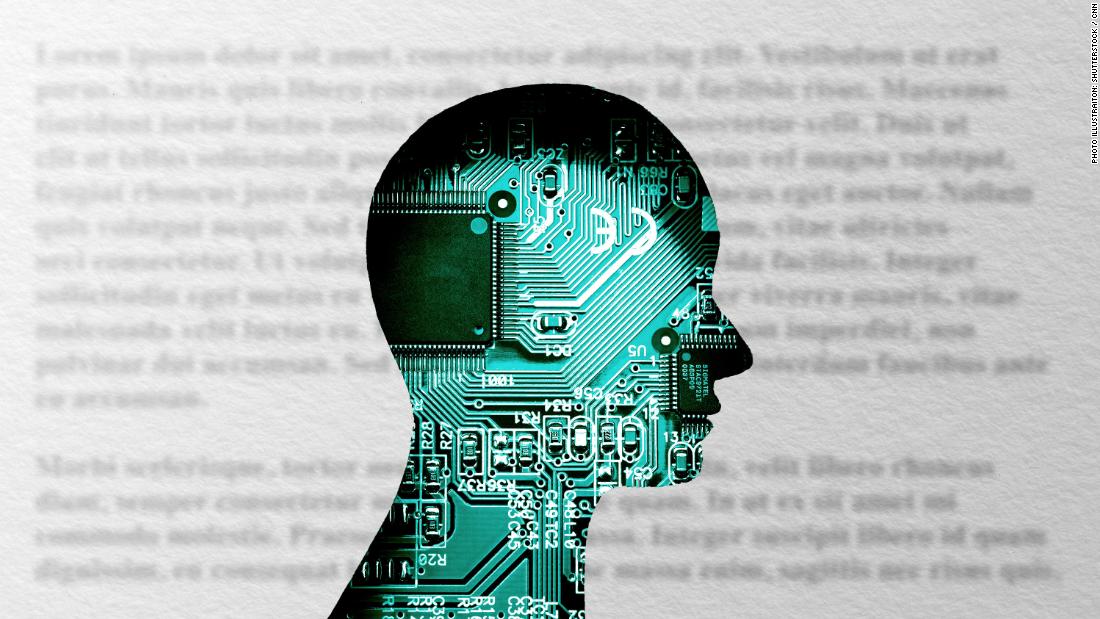“Digitalization is seen as one of the biggest external factors for change in businesses”. A few days ago, I followed a lecture provided by an online academy which was followed by professionals in many different sectors. The lecturer Jaap Boonstra, who is a work and organizational psychologist who specialized in change management, asked the audience what they saw as the biggest external factor which made them realize that their business needed change. One of the most given answers was: Digitalization. The following part of the lecture taught us how to participate in change, and different management styles that match to this. I found it very interesting.
It struck me, digitalization as biggest factor, and maybe even seen as biggest enemy. These people in the lecture audience where working in so many different industries, from education, to tax firms. And they all agreed on having to change their business because of digitalization. According to an article from McKinsey, digital transformation is even harder than traditional change efforts. Success rates are very low. So, could traditional change management styles maybe work in transforming digitally as a company? Or at least when looking how to change your employees?
A theory that exists around change management is the color model of De Caluwe, which identifies five different colors of ways to deal with change. These colors in their implications are based on other management theories of Mintzberg and the X/Y theory of McGregor. Some of these colors are more focused on ratio and negotiating like blue and yellow, while other colors are more focused on coaching and teaching, like green and red .
What would be the best management style to use when making a change in a digital way in a company? According to McKinsey, it is good to have the right leaders to lead the transformation that are engaged and committed. The management style fitting to this is the style that focusses on motivating people to go with them in this change, the color green. Salesforce writes on an article on their website that it is very important to collaborate with your employees and not force them to change. So, the yellow color style would not be good to use, but rather the red color style.
I think it is very interesting to apply these change management styles to digitalization, and that many things can be learned from it for this context. What do you think is most important when changing or transforming your business in a more digital way, and what management style fits best with it?
References:
https://www.mckinsey.com/business-functions/organization/our-insights/unlocking-success-in-digital-transformations#
https://managementmodellensite.nl/kleurenmodel-caluwe/
De Caluwe, Leon, and Hans Vermaak. Learning to change: A guide for organization change agents. Sage, 2003.
https://www.salesforce.com/products/platform/how-to-transform-your-business-for-digital/
https://blogs.oracle.com/cx/dont-neglect-change-management-it-will-make-or-break-your-digital-transformation-v2


